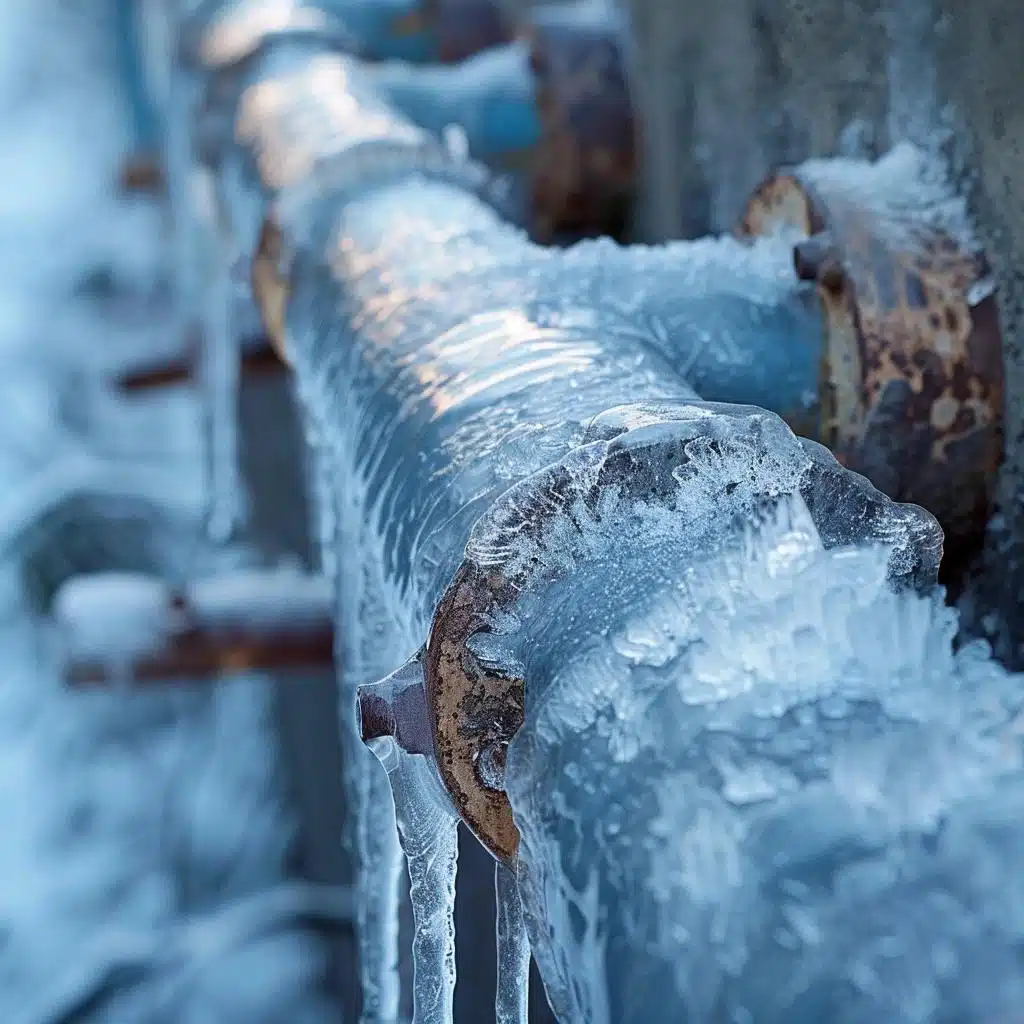What're your insights and beliefs about Winter Plumbing Precautions: Preventing Frozen Pipes?

Winter can damage your pipes, particularly by freezing pipes. Here's how to avoid it from occurring and what to do if it does.
Introduction
As temperatures drop, the threat of icy pipes rises, potentially bring about expensive repair services and water damages. Recognizing how to stop frozen pipes is important for homeowners in cold climates.
Recognizing Icy Pipes
What triggers pipes to ice up?
Pipelines freeze when exposed to temperatures listed below 32 ° F (0 ° C) for prolonged durations. As water inside the pipes freezes, it broadens, putting pressure on the pipeline wall surfaces and possibly causing them to rupture.
Threats and problems
Icy pipelines can lead to water system interruptions, home damage, and pricey repairs. Burst pipelines can flooding homes and create extensive structural damages.
Indicators of Frozen Pipeline
Recognizing icy pipelines early can prevent them from rupturing.
Exactly how to identify frozen pipelines
Look for decreased water flow from taps, uncommon odors or noises from pipes, and noticeable frost on revealed pipelines.
Prevention Tips
Insulating at risk pipelines
Wrap pipes in insulation sleeves or use warm tape to safeguard them from freezing temperature levels. Focus on pipes in unheated or exterior locations of the home.
Home heating strategies
Maintain interior rooms adequately heated, specifically locations with plumbing. Open cabinet doors to enable warm air to distribute around pipes under sinks.
Shielding Outside Plumbing
Garden pipes and outside taps
Separate and drain pipes garden pipes before wintertime. Mount frost-proof spigots or cover outdoor taps with insulated caps.
What to Do If Your Pipes Freeze
Immediate actions to take
If you think icy pipelines, maintain faucets available to alleviate pressure as the ice melts. Use a hairdryer or towels taken in hot water to thaw pipelines slowly.
Long-Term Solutions
Architectural changes
Think about rerouting pipes away from exterior wall surfaces or unheated locations. Include additional insulation to attic rooms, basements, and crawl spaces.
Updating insulation
Buy high-quality insulation for pipes, attic rooms, and walls. Correct insulation helps maintain consistent temperatures and lowers the danger of frozen pipes.
Final thought
Stopping frozen pipes calls for aggressive measures and quick feedbacks. By recognizing the causes, signs, and preventive measures, property owners can safeguard their pipes during winter.
5 Ways to Prevent Frozen Pipes
Drain Outdoor Faucets and Disconnect Hoses
First, close the shut-off valve that controls the flow of water in the pipe to your outdoor faucet. Then, head outside to disconnect and drain your hose and open the outdoor faucet to allow the water to completely drain out of the line. Turn off the faucet when done. Finally, head back to the shut-off valve and drain the remaining water inside the pipe into a bucket or container. Additionally, if you have a home irrigation system, you should consider hiring an expert to clear the system of water each year.
Insulate Pipes
One of the best and most cost-effective methods for preventing frozen water pipes is to wrap your pipes with insulation. This is especially important for areas in your home that aren’t exposed to heat, such as an attic. We suggest using foam sleeves, which can typically be found at your local hardware store.
Keep Heat Running at 65
Your pipes are located inside your walls, and the temperature there is much colder than the rest of the house. To prevent your pipes from freezing, The Insurance Information Institute suggests that you keep your home heated to at least 65 degrees, even when traveling. You may want to invest in smart devices that can keep an eye on the temperature in your home while you’re away.
Leave Water Dripping
Moving water — even a small trickle — can prevent ice from forming inside your pipes. When freezing temps are imminent, start a drip of water from all faucets that serve exposed pipes. Leaving a few faucets running will also help relieve pressure inside the pipes and help prevent a rupture if the water inside freezes.
Open Cupboard Doors
Warm your kitchen and bathroom pipes by opening cupboards and vanities. You should also leave your interior doors ajar to help warm air circulate evenly throughout your home.

I came across that blog posting on How To Avoid Freezing Pipes while doing a search on the web. You should take the time to promote this blog post if you enjoyed reading it. We value your readership.
Information Here
Comments on “Essential Advice for Preventing Frozen Pipes in Cold Weather Conditions”